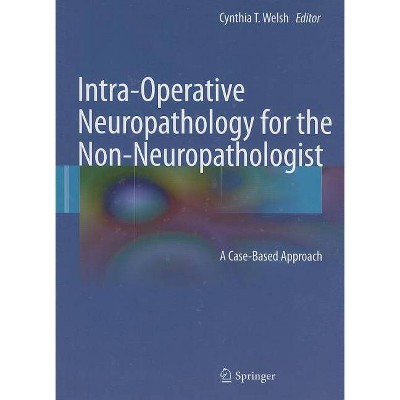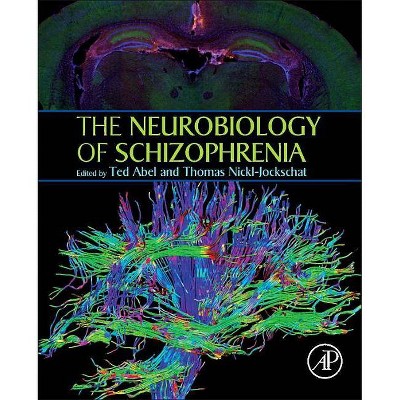The Neuropathology of Schizophrenia - by Matthew Williams (Hardcover)

Similar Products
Products of same category from the store
AllProduct info
<p/><br></br><p><b> Book Synopsis </b></p></br></br><p></p><p>In the past few decades, neuropathology has witnessed a resurgence. The rise of structural and functional imaging techniques has allowed pathological studies to target regions of special interest as revealed by whole-brain techniques, and the development of comprehensive software packages has facilitated cellular and pathological measurements. Furthermore, a new generation of antibodies and improved staining methods has made the field more accessible to researchers and revealed more detail than could once have been envisaged. Perhaps most important of all has been the sourcing of high-quality tissue through modern, large-scale databases covering multiple tissue banks, removing much of the heterogeneity that had made repeat studies all but impossible. <i>The Neuropathology of Schizophrenia</i> reviews the field following these recent improvements in techniques and contrasting more modern methods against older studies.<br></p><p> </p><p>This book presents the current state of neuropathological knowledge in schizophrenia by means of examination of neuropathology as informed by functional systems. It starts by considering the frontal cortical region, a particularly well-examined region of the brain, before moving through other cortical regions, subcortical pathways and the deep white matter. In addition, potential new routes for investigation are considered, particularly in glial cells.</p><br><p></p><p/><br></br><p><b> From the Back Cover </b></p></br></br><p>In the past few decades, neuropathology has witnessed a resurgence. The rise of structural and functional imaging techniques has allowed pathological studies to target regions of special interest as revealed by whole-brain techniques, and the development of comprehensive software packages has facilitated cellular and pathological measurements. Furthermore, a new generation of antibodies and improved staining methods has made the field more accessible to researchers and revealed more detail than could once have been envisaged. Perhaps most important of all has been the sourcing of high-quality tissue through modern, large-scale databases covering multiple tissue banks, removing much of the heterogeneity that had made repeat studies all but impossible. <i>The Neuropathology of Schizophrenia</i> reviews the field following these recent improvements in techniques and contrasting more modern methods against older studies.<br></p><p></p><p>This book presents the current state of neuropathological knowledge in schizophrenia by means of examination of neuropathology as informed by functional systems. It starts by considering the frontal cortical region, a particularly well-examined region of the brain, before moving through other cortical regions, subcortical pathways and the deep white matter. In addition, potential new routes for investigation are considered, particularly in glial cells.</p><p/><br></br><p><b> About the Author </b></p></br></br><p></p><p>Matthew Williams, PhD, is a neuroscientist in the UK. He was a postdoctoral research fellow at the Neuropathology Unit of Imperial College London, specialising in the neuropathology of schizophrenia. During this time he renovated and ran the Corsellis brain collection, the source of the classical Runwell series of brains used in early schizophrenia research. He has also lectured at the Institute of Psychiatry at King's College London, become a collaborator of the Gordon pathology museum, and is now director of Segmentum Analysis, a company developing software for improving pathological research. He is a member of the Federation of European Neurosciences (FENS), of the British and Irish Association of Zoos and Aquaria and an associate fellow of the Association of Reproductive Scientists.</p><br><p></p>
Price History
Price Archive shows prices from various stores, lets you see history and find the cheapest. There is no actual sale on the website. For all support, inquiry and suggestion messagescommunication@pricearchive.us




















